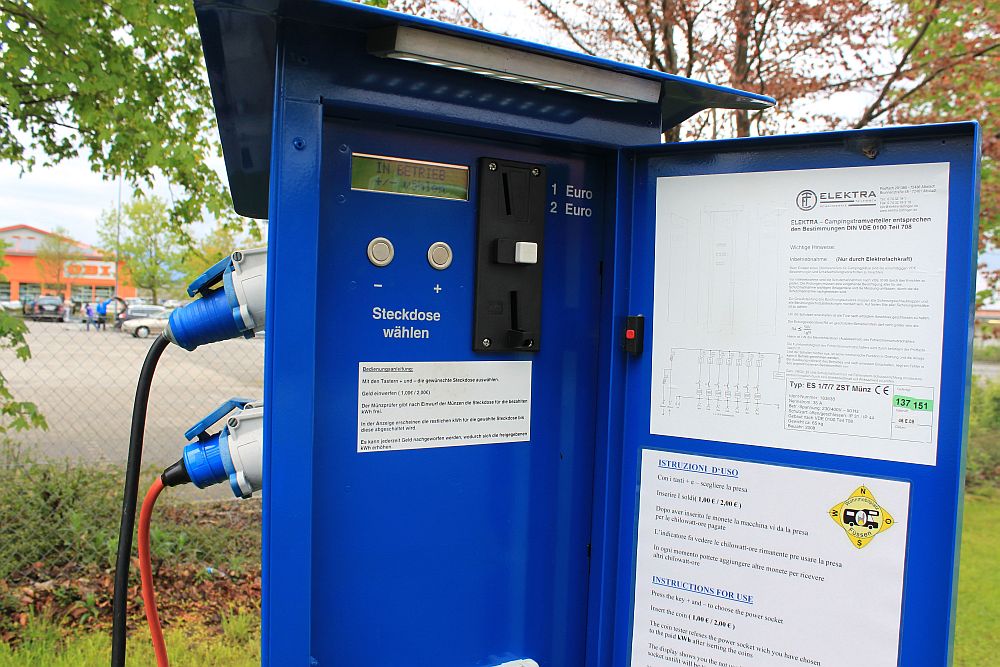
One of the concerns when first venturing into the mainland Europe with a caravan or motorhome is understanding their electrical systems. I think it is important to dispel the sometimes held view that electrical systems in Europe are not as good as they are in the UK. They are different in some respects but no less safe providing sensible precautions are taken as you would in the UK. Some of those areas of concern fit into a few different categories which I will deal with in turn. What connectors are required, Reverse Polarity, How much Electricity do I have.
Connectors:- In the UK we universally use the CEE17 blue connectors, in fact this is the European Standard. However not all campsites Europe have this type of connection installed and you will still find the older two pin connectors. So the first essential to take with you is a short conversion lead with a two pin connector, often referred to as a Schuko
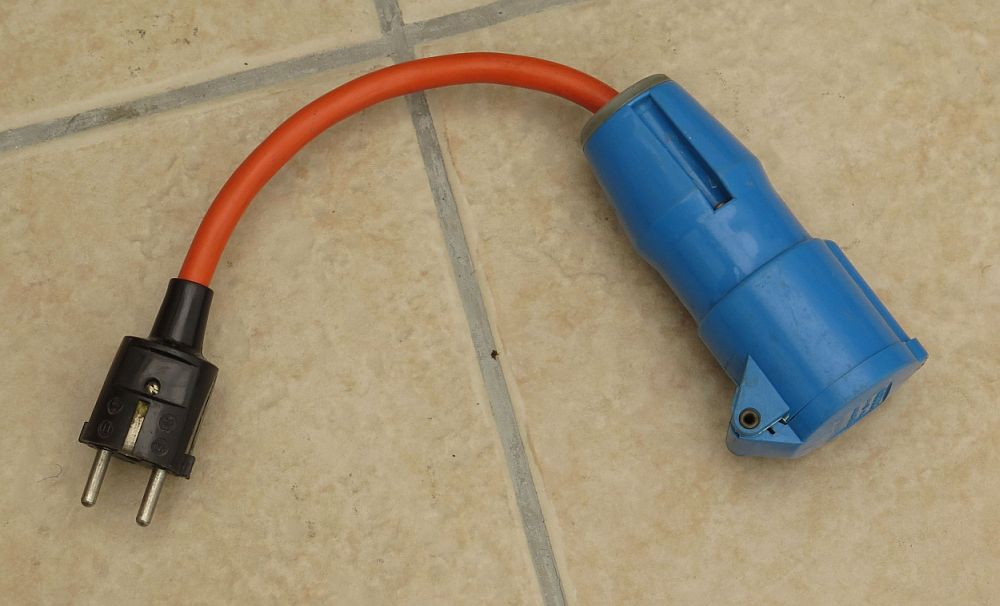
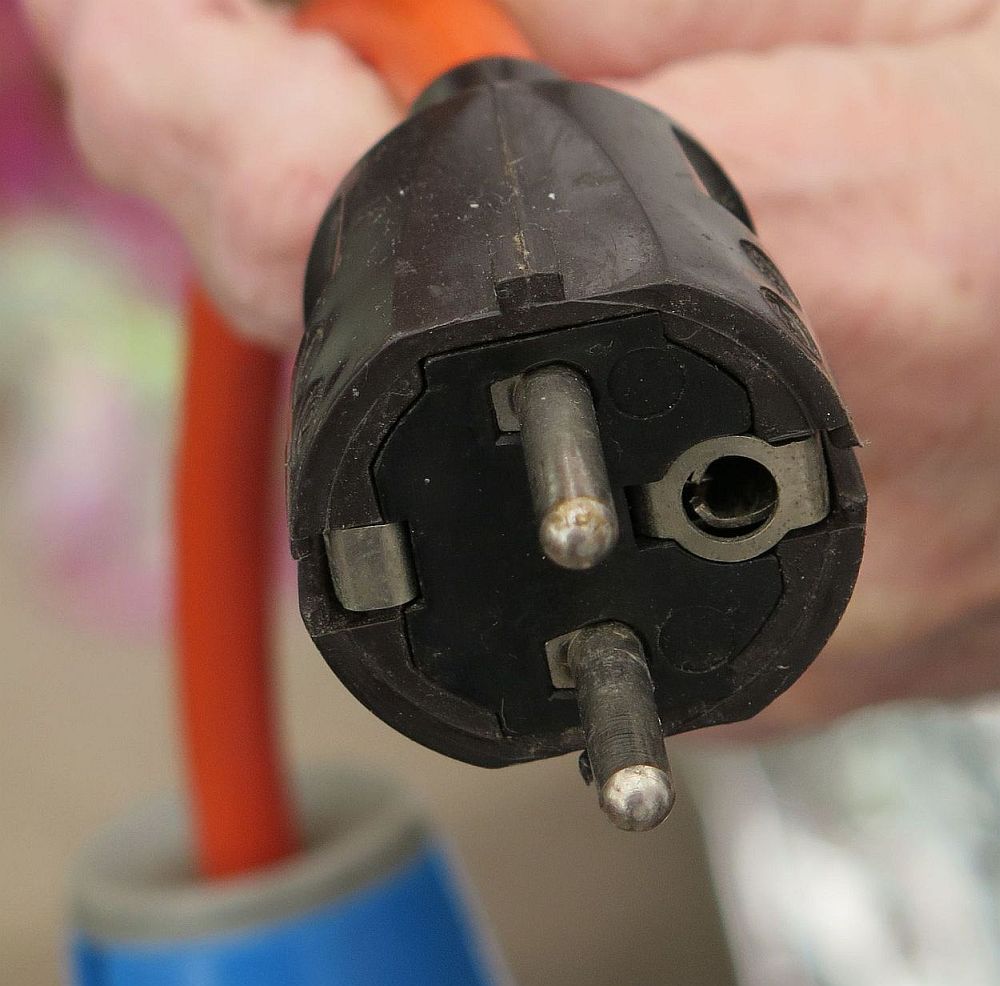
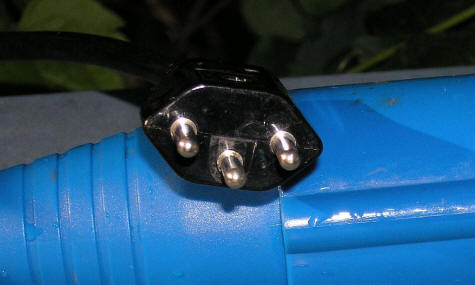
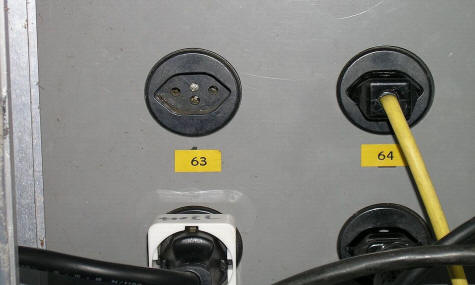
Reverse Polarity
Information:- In preparation for your first trip abroad you are likely to come across the term reverse or cross polarity and if you are unfamiliar with electrical terminology you may start to get concerned about it. Explanations can get a bit complicated but you need to, at least, understand a little about the subject. In the UK we have traditionally only switched on the live side called single pole switching and its the reason we have fuses in our plugtops on the live side. In Europe they use double pole switching but this is protected at the consumer unit rather than the plug. For their domestic market if a wall socket/site bollard is wired up with the live and neutral the wrong way round it makes no difference because they are protected on both poles. Perhaps I should add at this point that having live and neutral reversed won't actually stop anything working.
Possible Dangers:- So what are the possible consequences of reverse polarity? If you are in the habit of leaving appliances like kettles and toasters plugged in it is possible that if a fault developed in that appliance it could still be live and switched on and at risk of being fire hazard. I suppose the simple solution is to always unplug appliances when they are not being supervised! If you have a mains light which you have switched off at the socket to change a bulb then the bulb holder, if metal, could still be live. Clearly the sensible solution if undertaking work on any appliances connected directly to the van's electrical system would be to first disconnect the electrical cable from the site bollard which offers complete safety. Many modern vans do now have double pole protection and some that do offer this no longer have switched electric sockets.
Testing:- In order to establish whether you have reverse polarity you will need a Martindale tester. These are available from caravan accessory shops and DIY stores. Depending on the state of the polarity at the site bollard it will show a series of lights. Three lights show normal polarity and no need for action. If an earth fault is indicated this is serious and the only options are to either use a different socket on the bollard or go to site reception, don't accept it!
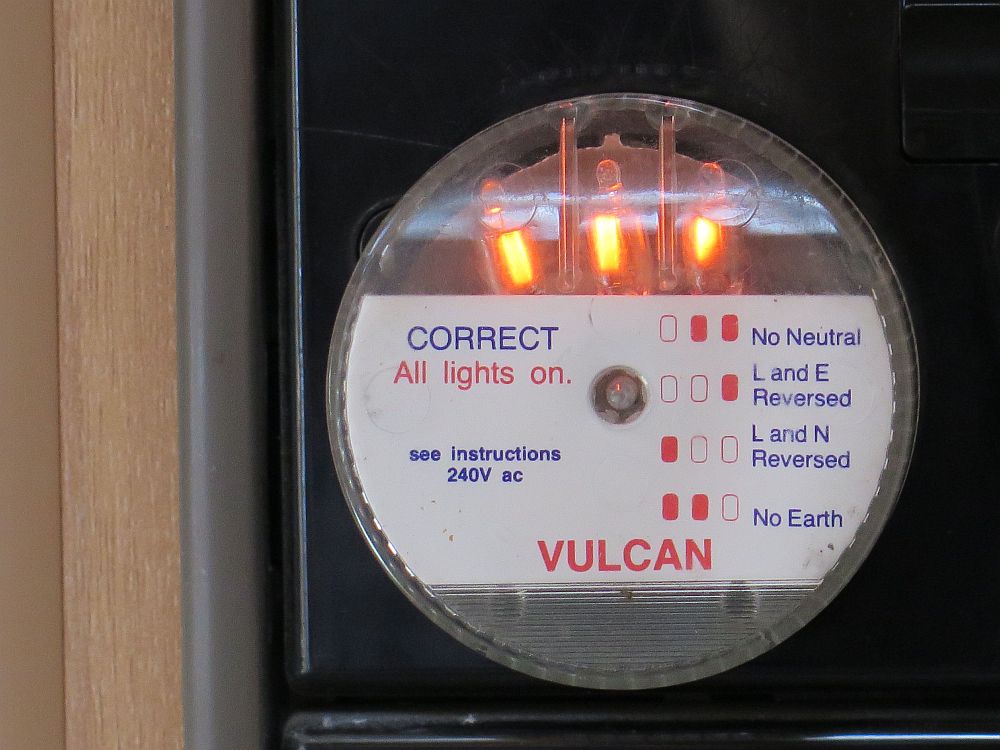
Solutions:- An option is to correct the reverse polarity by making a short lead with a pair of CEE17 sockets. When wiring this lead you just swap the live and neutral wires at one end. You need to satisfy yourself that you feel competent to undertake such a project although its no more complicated that wiring a standard plugtop but not many of us do that now! After you have made you lead make sure you mark it in some way for easy identification, see picture below. In Germany and Austria the solution is simpler as you just plug the Continental adaptor in the other way up!
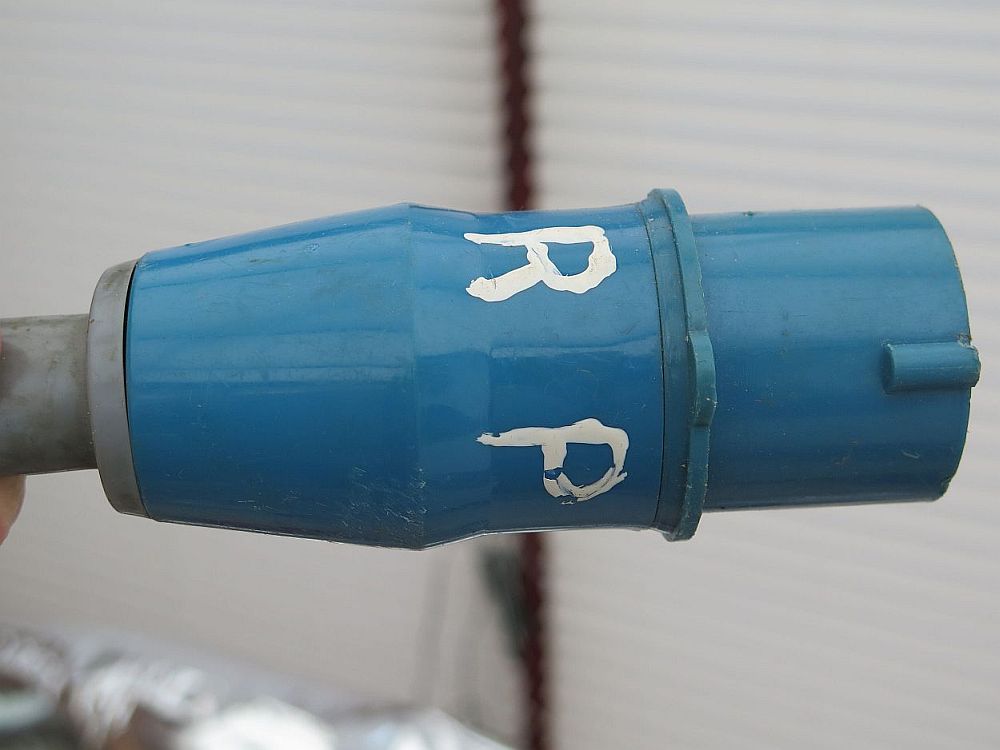
How Much Electricity
In the UK we are used to having a 16 amp supply on campsites which is capable of running all of our electrical needs, even in winter. Some sites do have a lower supply but it is very unusual to find supplies below 10 amps. However once you cross the Channel things can be different depending on what country you are in. In France 6 amps is fairly standard although there does seem to be an increasing number of sites with 10 amps. Anything higher than that is pretty rear. In Germany and Austria 16 amp electrics is quite common but in Italy they tend to have the lowest ampage in Europe with 3 amp not being uncommon although on average it is nearer 6 amps. Many of you will be going abroad in the summer months so you will find that a 6 amp supply is enough to run the fridge, battery charger and a low wattage kettle. If you are unlucky enough to be on a site with 3 amps then just the fridge and battery. Where you have to be more careful is running appliances with heating elements like the hot water/heating equipment, powerful hairdryers and electric hobs or grills. Believe it or not there is a relatively simple way of working all this out. The common European standard for domestic electrical supply is 230 volts. One amp equals 230 watts. All appliances have marked on them their consumption in watts so its a simple calculation to work out. For example if you have a low wattage kettle which states on it 900 watts you know you will need a minimum of 4 amps for it to work. A Truma water/space heater has two settings, the lower setting is 900 watts and the higher 1800 watts. So on a 6 amp supply you would only be able to use it on the lowest setting, providing of course you were not running other items like a kettle or hair dryer. Microwave ovens have to be watched as although normal running wattages might not be too high the initial pull in of power can be quite high so you might have to experiment! Obviously many of us now carry around a variety of phones, tablets and laptops when on holiday, these are all fairly low wattage so unlikely to overload anything regardless of ampage. What happens if I try and use too much electricity? Its likely you will trip the circuit in the site bollard. If you can't access the circuit breakers in the bollard it will mean a walk to reception. Some bollards will be locked with a key whilst others can be opened by the keys we use at home to read our own meters. I have set out below a guide to the wattage you will have available for a given amount of amps.
| Electrical Supply | Wattage available to use |
| 3 amps | 690 watts |
| 4 amps | 920 watts |
| 5 amps | 1150 watts |
| 6 amps | 1380 watts |
| 10 amps | 2300 watts |
| 16 amps | 3680 watts |
Metered Electricity
In some countries, particularly Germany, some but not all campsites meter electrical usage. Spain tends to meter electricity for longer winter stays, but not for normal short summer stays. The picture at the top of the page was taken on a Stellplatz for motorhomes in Germany. This works by feeding coins into the machine. On campsites they take a reading at the start and end of your stay and charge accordingly. The kilowatt charge is often pretty steep compared to what we pay at home. How much you consume will depend whether you want to use all the facilities in the van and whether you are prepared to use your gas supply. If you are using one of the campsite discount schemes like ACSI a certain amount of electricity will be included in the daily price but this is limited to 4 kilowatts per day, and on one site I found it limited to 2 kilowatts. So any usage above this allowance will be charged for and it can add up to several euros a day on top of other site fees.
I hope the above is useful. This is meant to be general guide to what you will expect. I make no claims to be an expert but the above is based on many years touring abroad. If anyone has any questions I am always happy to discuss via e-mail.